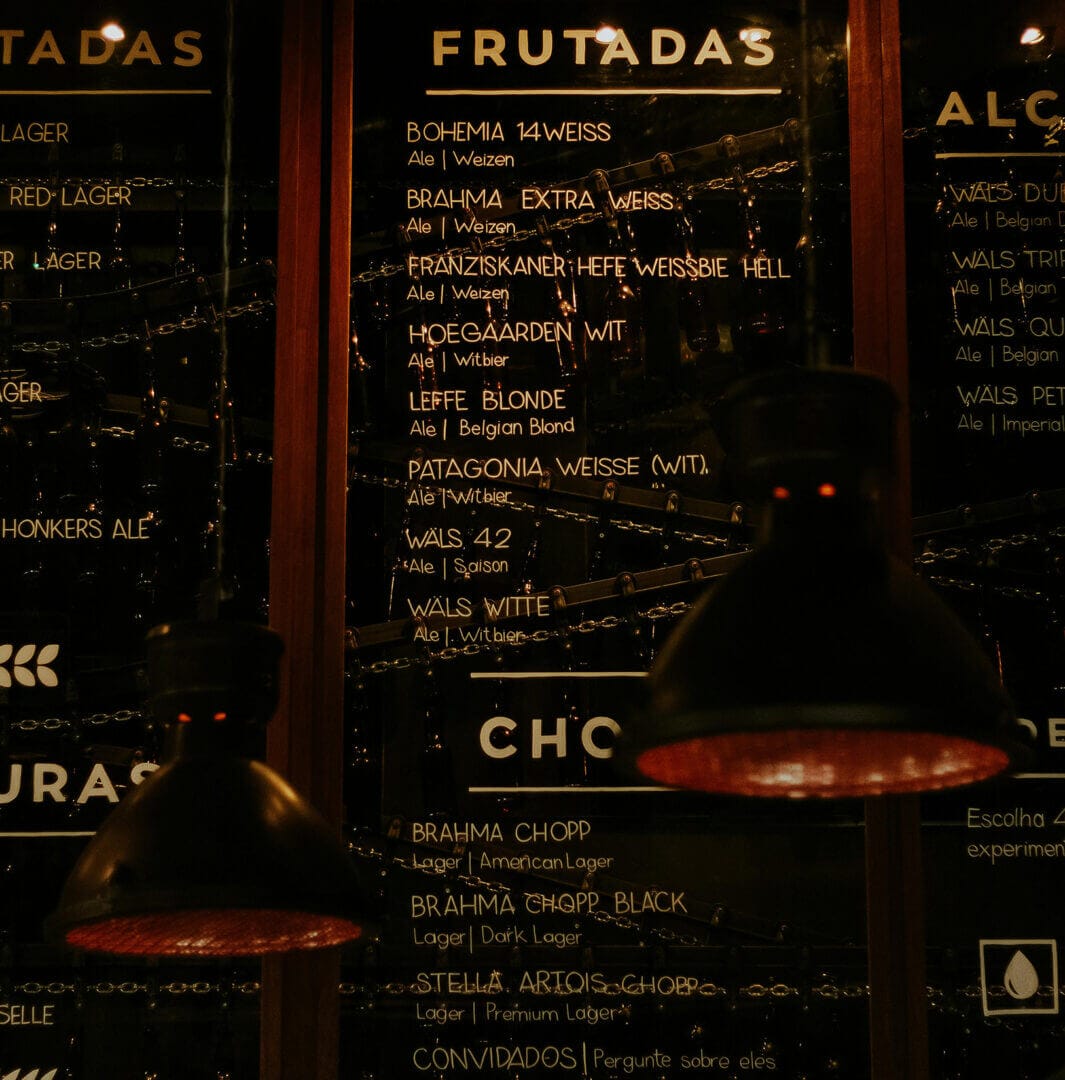One of the most exciting and challenging aspects of operating a dining establishment is deciding what to put on the menu – and what to leave off.
From hearty breakfast choices and delicious lunch items to out-of-this-world dinners and to-die-for desserts, restaurant and diner owners cannot stand the thought of denying their customers every last, delectable dish.
Yet it is a choice they must make. Smart menu planning is key to success in the restaurant industry. Knowing your audience is a significant factor in building an enticing, winning menu.
Comparing diners and family-owned restaurant menus is a great way to highlight how eateries create differing, yet no less satisfying, gastronomical experiences for their customers.
Diners, to start, are often known for large, multi-page menus offering an array of choices. Diner patrons want lunch, dinner and especially breakfast options for as far as the eye can see, be it for themselves, their companions or for pleasing the finicky eating habits of their children.
By comparison, patrons of family-owned restaurants are likely to be attracted to home-made recipes with special ingredients passed on through generations. They are more willing to accept considerably less menu options are prepared to wait longer for a mouth-watering meal than they would at a diner.
Another example of diner and family-owned restaurant menu options is that diners are known for quantity while independent restaurants, especially in an intimate setting, may have a significantly smaller menu. However, at independent restaurants, choices are supplemented by specials reeled off by waiters with seemingly impossible memories. Menu specials appeal to diners with a sense of adventure.
In addition, while diners tend to serve menu items all year long, family-owned restaurants lean in the direction of seasonal offerings. This is another enticement for aficionados.
For instance, patrons of an Italian restaurant want to be sure to get their last helping of that favorite Pasta Bolognese before the winter menu gives way to the spring siren song of Smoked Salmon Carpaccio.
There are additional divergencies between family-owned restaurants and diners that go beyond the menu.
For example, many family-owned restaurants, especially those with limited space, have specific dining times, also known as seatings. These establishments may only serve lunch and dinner. Diners, meanwhile, have general hours, but do not close for periods of time during the day. Some diners are even open 24/7.
When menu items are available is another interesting contrast. Diners are known for offering many, if not all, items at any time of day. A majority of family-owned restaurants will not offer lunch items at dinner, with no exceptions. When lunch ends, staff cleans the kitchen and the chef begins preparing the next meal cycle.
Meanwhile, eating whatever you like, at whatever time you want, is a diner hallmark. Patrons love the flexibility of satisfying a late-night craving for bacon and eggs, or a 10 a.m. cheeseburger.
Operating a restaurant is an extremely satisfying yet grueling endeavor, with fierce competition. Be sure to put your best foot forward through intelligent menu planning that attracts glowing reviews.




